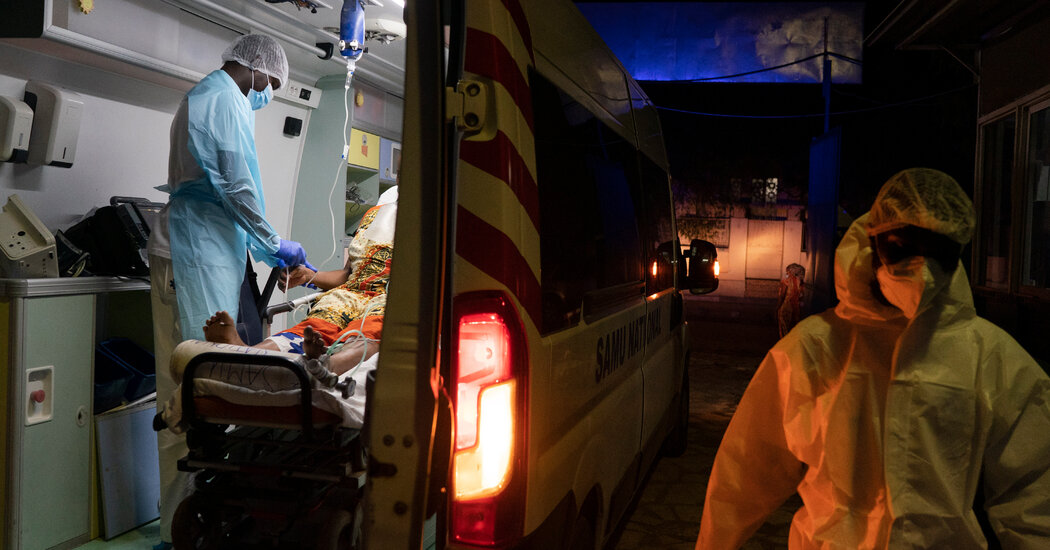Among wealthy industrialized nations, the United States has the highest maternal mortality rate. According to the W.H.O., the rate almost doubled between 2000 and 2020, rising to 21 deaths per 100,000 live births in 2020, or one in 5,000, up from 12 deaths per 100,000 births in 2000, or 1 in 10,000.
Stark racial inequities, as well as social and economic disparities, underlie those mortality rates.
According to the Centers for Disease Control and Prevention, whose own figures put the U.S. maternal mortality rate for 2020 at 23.8 per 100,000, the risk is almost three times higher for Black women, at 55.3 per 100,000, than for white women, whose mortality rate is 19.1 per 100,000. Native American women also face a much higher risk of dying during and after pregnancy, compared with white women.
The leading causes of maternal deaths worldwide are severe bleeding, high blood pressure, infections and complications from unsafe abortions. Underlying conditions like H.I.V./AIDS and malaria can also be aggravated by pregnancy.
Most of these deaths are preventable if women have access to quality health care and can plan and space out their pregnancies. But in addition to limited access to contraception, about one-third of women do not have access to good prenatal care throughout gestation, the report found.
“In principle, we know what to do,” Dr. Banerjee said. “It’s whether there is political will to allocate funding to it by partners and local governments.”
For many women in low-income countries, and especially those in remote regions, access to health care is limited. There are shortages of medical workers, who are unequally distributed between cities and rural areas.


